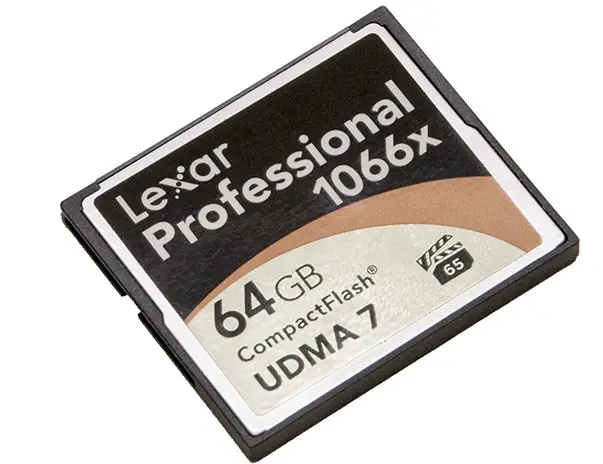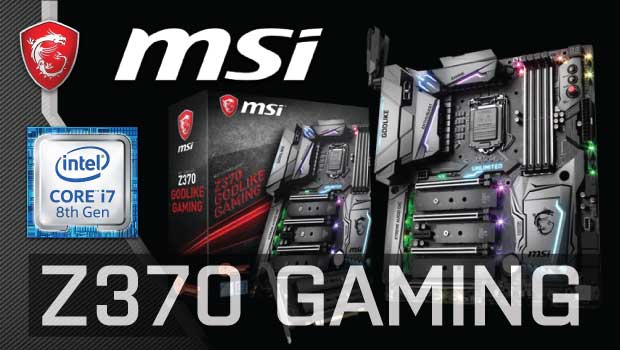For synthetic tests we have used a brand new Lexar WorkFlow USB 3.0 CF card reader. The reason for using this particular card reader is not because of any brand favoritism; rather we found it slightly faster than our older SanDisk card reader. The fact that is also much easier to find room for it in our camera bag is also a nice bonus.
ATTO Disk Benchmark
The ATTO disk benchmark tests the drives read and write speeds using gradually larger size files. For these tests, the ATTO program was set to run from its smallest to largest value (.5KB to 8192KB) and the total length was set to 256MB. The test program then spits out an extrapolated performance figure in megabytes per second.
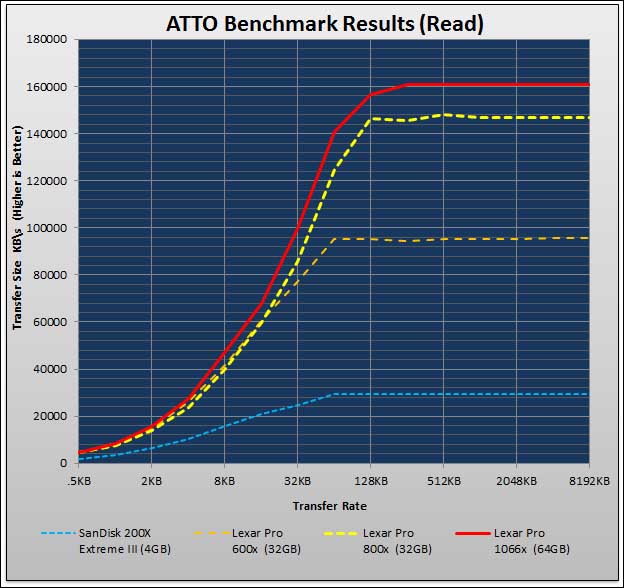
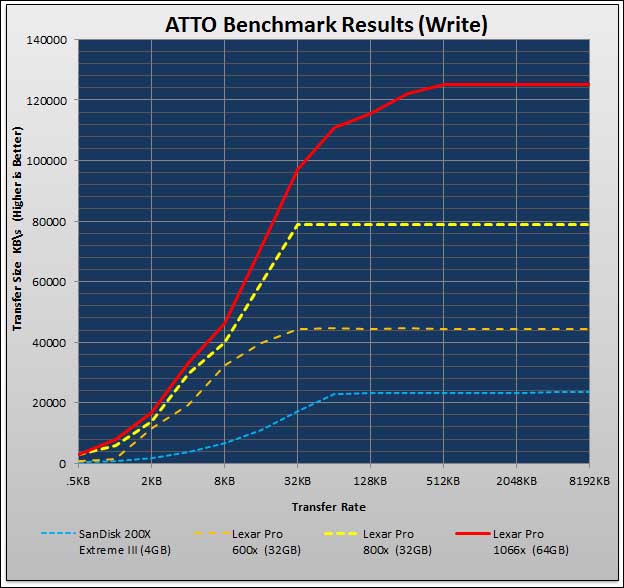
AS-SSD
AS-SSD is designed to quickly test the performance of your drives. Currently, the program allows to measure sequential and small 4K read/write speeds as well as 4K file speed at a queue depth of 6. While its primary goal is to accurately test Solid State Drives, it does equally well on all storage mediums it just takes longer to run each test as each test reads or writes 1GB of data.
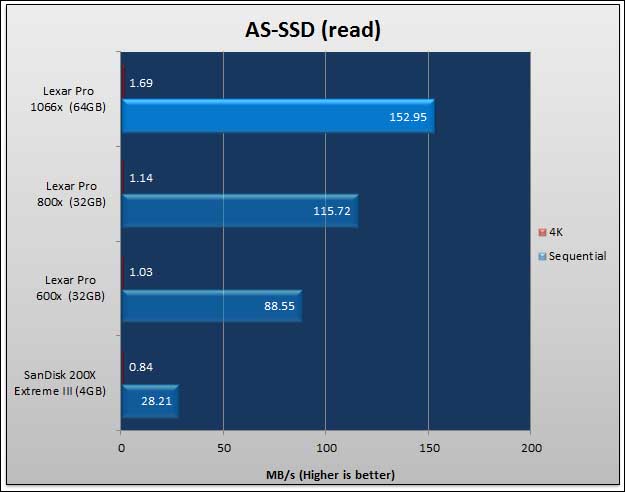

Crystal DiskMark
Crystal DiskMark is designed to quickly test the performance of your hard drives. Currently, the program allows to measure sequential and random read/write speeds; and allows you to set the number of tests iterations to run. We left the number of tests at 5 and size at 100MB.
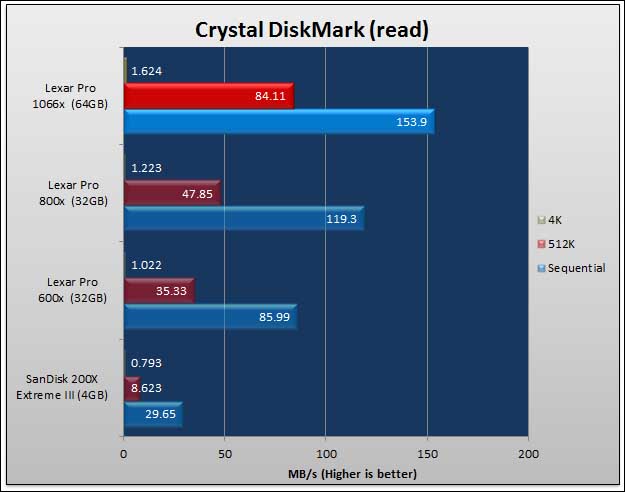

Just by looking quickly at the above charts it is obvious that Micron’s Lexar division spent significant time and effort in improving this – pardon the pun – Crucial area. While we fully expected the read to be greatly improved, the drastic improvement in write speed is what really, really captured our attention.
To be completely honest this amazing performance increase is what the 800X series never could offer over the 600X. When you take into consideration both the 800x and 600X have a minimum write performance of only 20MB/s and the 1066X has a minimum guarantee of 65MB/s (via VPG standard testing & certification) the new Lexar 1066X is the largest leap in performance CompactFlash has ever seen. Maybe going from PIO to UDMA comes close, but this new series is exactly what CF needed in order to stay relevant to professionals for another generation or two.
